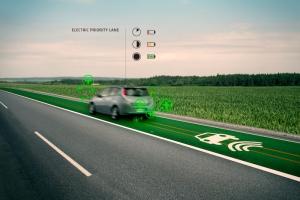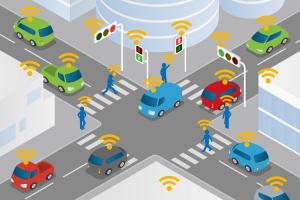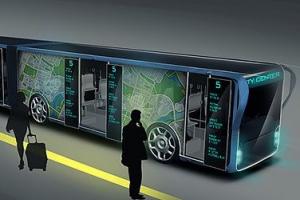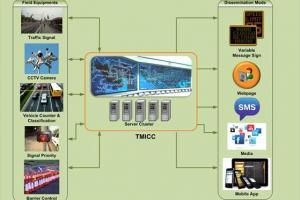ITS Architecture / Hierarchy / Layers

It is a conceptual design that defines the structure and/or behavior of an integrated Intelligent Transport System (ITS). ITS Architecture provides a framework to guide the planning and deployment of ITS technologies. The program facilitates the ability of jurisdictions to operate collaboratively and to harness the benefits of a regional approach to transportation challenges.
The vision for the National ITS Architecture program is to continue the evolution of the architecture to incorporate technological developments and evolving user needs with a particular focus on connected vehicle requirements. The program will also provide deployment support for public agencies to assist with development, maintenance, and improvement of their regional ITS architectures along with compliance with applicable FHWA regulations.
The National ITS Architecture provides a common framework for planning, defining, and integrating ITS deployments. The Architecture has been developed and evolved stakeholder input utilizing a consensus-building methodology in accordance with legislative direction to develop and maintain a National Architecture. The National ITS Architecture reflects the contributions of a broad cross-section of the ITS community and provides a definitive reference for ITS deployment planning
The National ITS Architecture provides a framework for planning, programming, and implementing intelligent transportation systems. The architecture framework is comprised of two technical layers, a Transportation Layer and a Communication Layer, which must operate in the context of an Institutional Layer.
The architecture defines:
- The functions (e.g., gather traffic information or request a route) that are required for ITS
- The physical entities or subsystems where these functions reside (e.g., the field or the vehicle).
- The information flows and data flows that connect these functions and physical subsystems together into an integrated system.
a. Transportation layer
The Transportation Layer is where the transportation solutions are defined in terms of the subsystems and interfaces and the underlying functionality and data definitions that are required for each transportation service. This layer is the heart of the National ITS Architecture.
Field devices for traffic surveillance and motorist information dissemination
-
Traffic signal and ramp metering
-
Transportation management centers
-
Emergency management systems
Communication layer
The Communications Layer provides for the accurate and timely exchange of information between systems to support the transportation solutions.
c. Institutional implications
The Institutional Layer includes the institutions, policies, funding mechanisms, and processes that are required for effective implementation, operation, and maintenance of an intelligent transportation system. The Institutional Layer is shown as the base because solid institutional support and effective decisions are prerequisite to an effective ITS program. This is where the objectives and requirements for ITS are established.
d. Traffic signal control system
- Area wide signal coordination
- Arterial network traffic conditions
e. Railroad grade crossing system
-
Provide advance warning closures
-
Coordinate traffic signal control with rail movements










